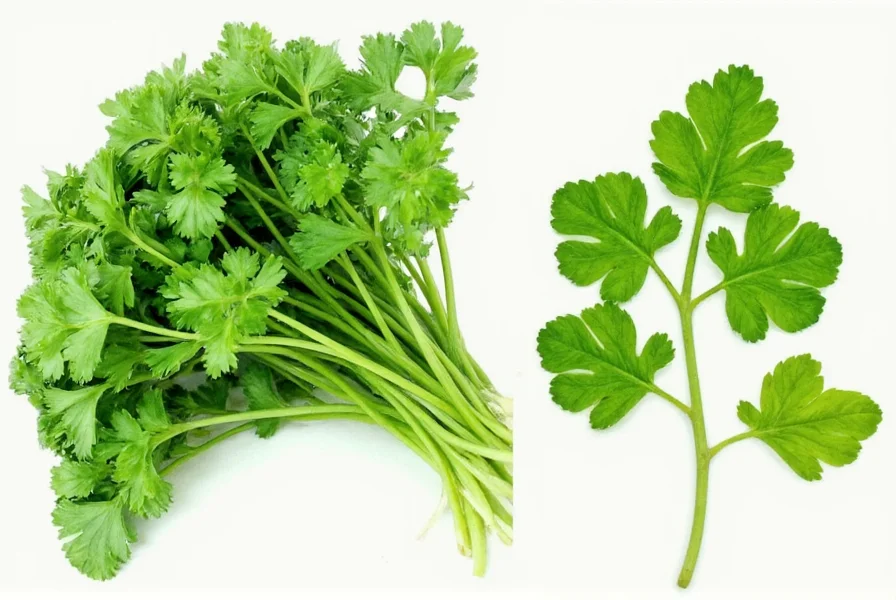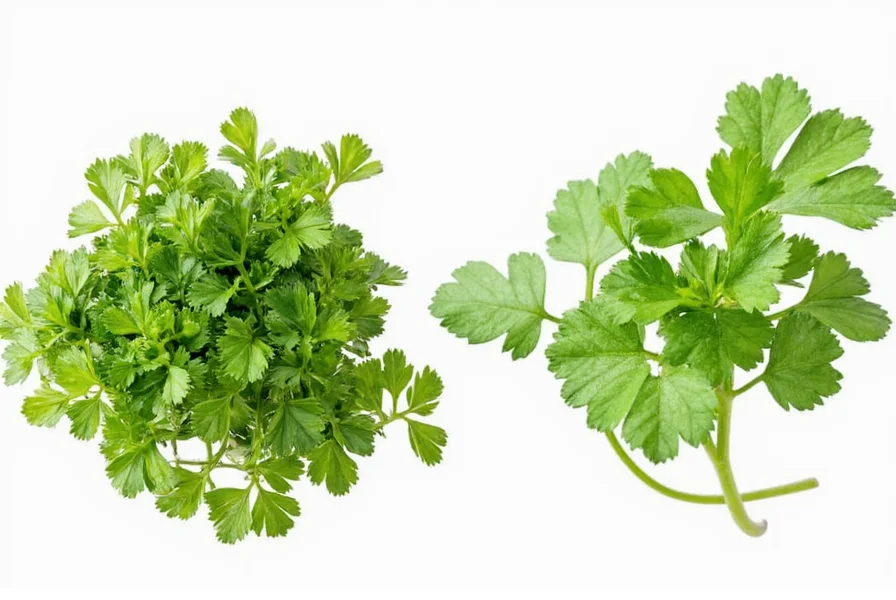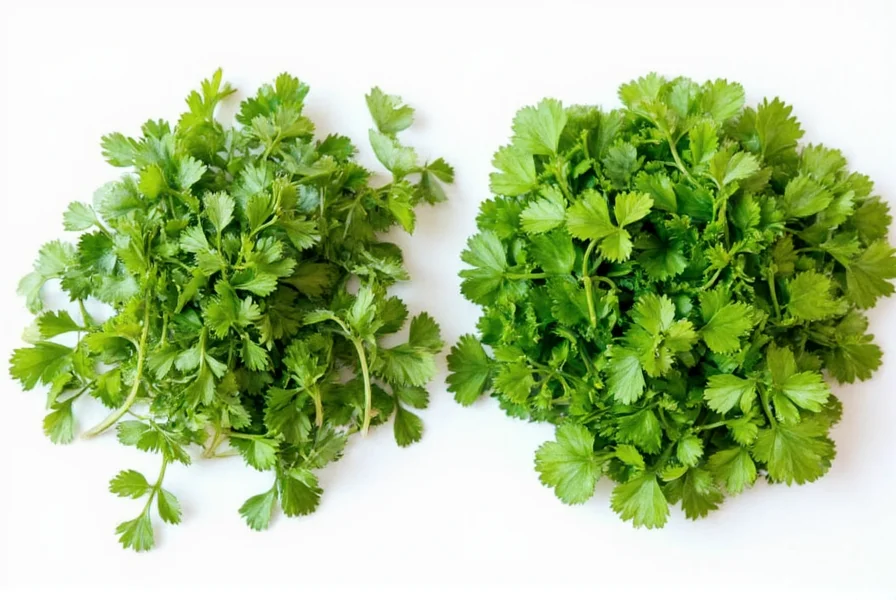Yes, cilantro and coriander come from the same plant—Coriandrum sativum. The term "cilantro" refers to the fresh leaves and stems, while "coriander" typically describes the dried seeds. This naming difference stems from regional language variations, not botanical distinctions.
Many home cooks and recipe readers encounter confusion when recipes call for either "cilantro" or "coriander." Understanding this culinary terminology difference prevents grocery store mistakes and improves cooking accuracy. Let's explore the complete picture of is cilantro the same as coriander and how to use both properly in your kitchen.
Botanical Reality: One Plant, Multiple Names
The Coriandrum sativum plant produces both the vibrant green leaves known as cilantro in American English and the round, tan seeds called coriander seeds. This single plant offers two distinct ingredients with different flavor profiles, appearances, and culinary applications.

Regional Terminology Explained
The naming confusion primarily stems from geographical language differences:
| Region | Leaves/Stems | Seeds |
|---|---|---|
| United States & Canada | Cilantro | Coriander |
| United Kingdom & Commonwealth | Coriander | Coriander seeds |
| Botanical/Scientific | Coriander leaves | Coriander seeds |
When exploring international recipes, recognizing these difference between cilantro and coriander naming conventions prevents ingredient substitution errors. A British recipe calling for "coriander" likely means the fresh leaves, while an American recipe with the same term probably refers to the spice.
Culinary Characteristics Compared
Despite coming from the same plant, the leaves and seeds offer dramatically different flavor experiences:
Cilantro (Fresh Leaves)
- Bright, citrusy flavor with herbal notes
- Used fresh in salsas, guacamole, and Asian dishes
- Loses potency quickly when cooked
- Perishable—lasts 3-5 days refrigerated
Coriander (Dried Seeds)
- Warm, nutty, slightly citrus flavor
- Used whole or ground in spice blends, curries, and baked goods
- Flavor intensifies when toasted
- Long shelf life—up to 6 months stored properly

Can You Substitute Cilantro for Coriander (and Vice Versa)?
Understanding can I substitute cilantro for coriander is crucial for successful cooking. The short answer: not directly. Their flavor profiles differ significantly.
However, creative substitutions exist:
- Replacing fresh cilantro: Try flat-leaf parsley with a squeeze of lime, or Vietnamese coriander for similar flavor
- Replacing coriander seeds: Cumin (use half amount) or a mix of fennel and caraway seeds
Never substitute dried coriander seeds for fresh cilantro in dishes like salsa—the texture and flavor would be completely wrong. Similarly, using fresh cilantro where a recipe calls for ground coriander would alter the dish's fundamental character.
Practical Cooking Guidance
When working with coriandrum sativum plant parts, follow these professional tips:
- For maximum flavor: Toast coriander seeds in a dry pan before grinding
- To preserve freshness: Store cilantro stems-down in water like flowers, covered with a plastic bag
- When substituting: Remember that 1 teaspoon coriander seeds ≈ ¾ teaspoon ground coriander
- Flavor pairing: Cilantro complements lime, chilies, and garlic; coriander seeds pair well with cumin, turmeric, and ginger
Common Misunderstandings Clarified
Several myths persist about why is cilantro called coriander in some countries:
- Myth: Cilantro and coriander are different plants
Fact: They come from the same botanical source—only the harvested part differs - Myth: Coriander always refers to the seeds
Fact: In many countries, "coriander" means the fresh herb, while "coriander seeds" specifies the dried form - Myth: The terms are interchangeable in recipes
Fact: Substituting one for the other dramatically changes flavor profiles and dish outcomes
Final Clarification
When someone asks is cilantro the same as coriander, the accurate answer recognizes both the botanical unity and culinary distinction. Yes, they originate from the same plant, but no, you cannot use them interchangeably in cooking. Understanding this cilantro vs coriander in cooking distinction elevates your culinary precision and prevents recipe failures.











 浙公网安备
33010002000092号
浙公网安备
33010002000092号 浙B2-20120091-4
浙B2-20120091-4